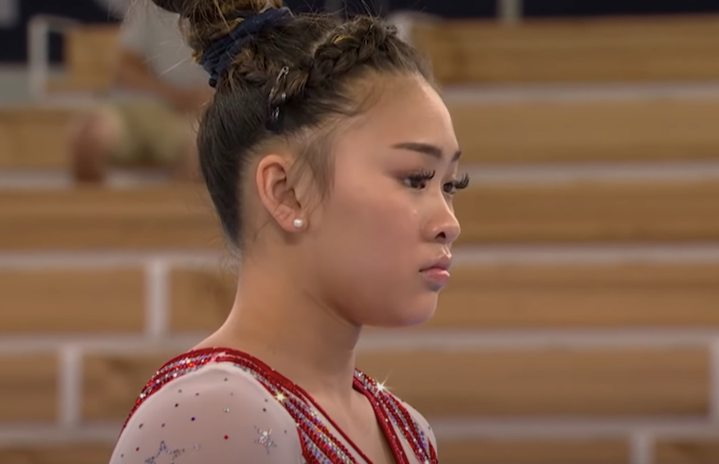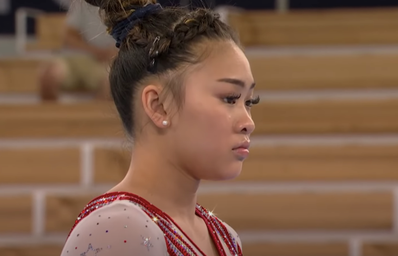The first Olympic Games was held in 1896 and four years later, in 1900, 22 women competed in five different sports compared to 975 men who competed in 20 sports. Since then not only the number of women but also the uniforms have changed.
Men had the option of wearing knee-length shorts and long or short sleeves, while women were very restricted. Charlotte Cooper, the first woman to win an Olympic gold medal, – as a woman in the XIX century – had to wear a dress that covered her whole body, even if it limited her mobility. The dress code was to show their athleticism but maintain their femininity, so they could still find husbands.
Those uniforms were required because there was a concern that women’s bodies could distract the male athletes while they were playing, so “obviously” they should play in an uncomfortable wardrobe. The only uniform that was similar for both genders was the swimming uniform. Things began to change in the 1920s when Suzanne Lenglen played in a knee-length tennis skirt.
In Tokyo 1964, the first Olympic Games held in Asia, sports brands started to sponsor athletes and the uniforms started to be more about the need for aerodynamics.
The discussion over women’s sports uniforms intensifies when we start to talk about sexism and the sexualization of the woman’s body. In 2021, not during Olympic Games, but in an European Championship, the Norwegian beach handball team were punished because they didn’t want to wear the bikini uniform and opted for shorts.
At the same time, it was uncomfortable for Charlotte to play wearing a long sleeved high neck dress, the beach handball team wasn’t comfortable to wear bikinis, and that’s totally fine, because the main topic is to people wear what makes them comfortable to do their jobs.
In Tokyo 2020 (2021) Olympic Games, the first Games after Larry Nassar, former USA Gymnastics doctor being sent to prison for sexual abuse of hundreds of gymnasts, the German gymnastics wore unitards in protest of the sexualization and objectification of young women.
https://x.com/breakfasttv/status/1419984911381970946
It is also important to understand how different cultures and races are impacted and reach new discussions, like the veto of ‘Soul Cap’ – a swimming cap for Afro hair – in Tokyo 2020 because they didn’t follow “the natural form of the head”. That was corrected in 2024 in Paris, allowing the athletes to use them, but women were still forbidden to use hijabs during the Games because it was banned any kit “with a religious or political connotation”.
Diaba Konate, a basketball player who was banned from competing in France, said in an interview to BBC “It’s very hypocritical for France to call itself the country of freedom, of human rights, but at the same time not allowing Muslims or their citizens to show who they are.” Showing new topics that we must talk about.
The goal is to make the sports world a place where the athletes are comfortable in their own skin, using more or less fabric, that’s indifferent. We stand for women’s right to be comfortable and free from sexualization/sexism. With gender equity finally achieved at the Olympic Games, we’re taking steps – however small – toward a more just and brighter future. After all, isn’t that what we’re fighting for?
For anyone who wants to learn more about the history and impact of women in the Olympics, read this.
—————————————————————–
The article above was edited by Gabriela Travizzanutto.
Liked this type of content? Check Her Campus Cásper Líbero home page for more!


